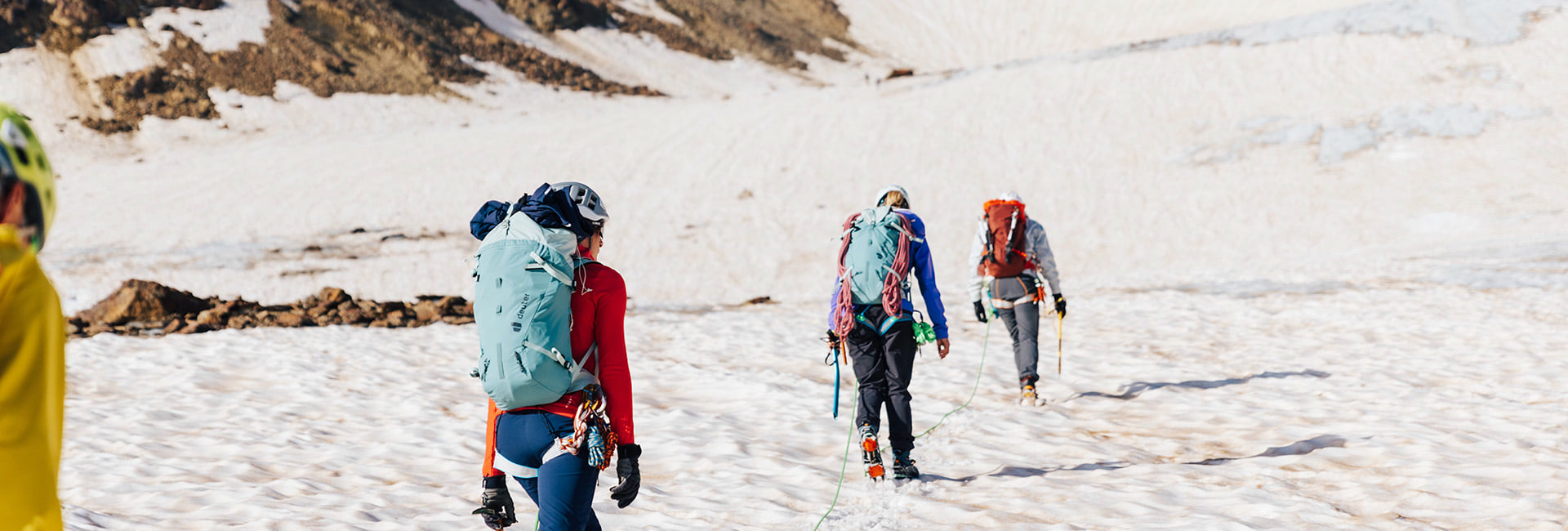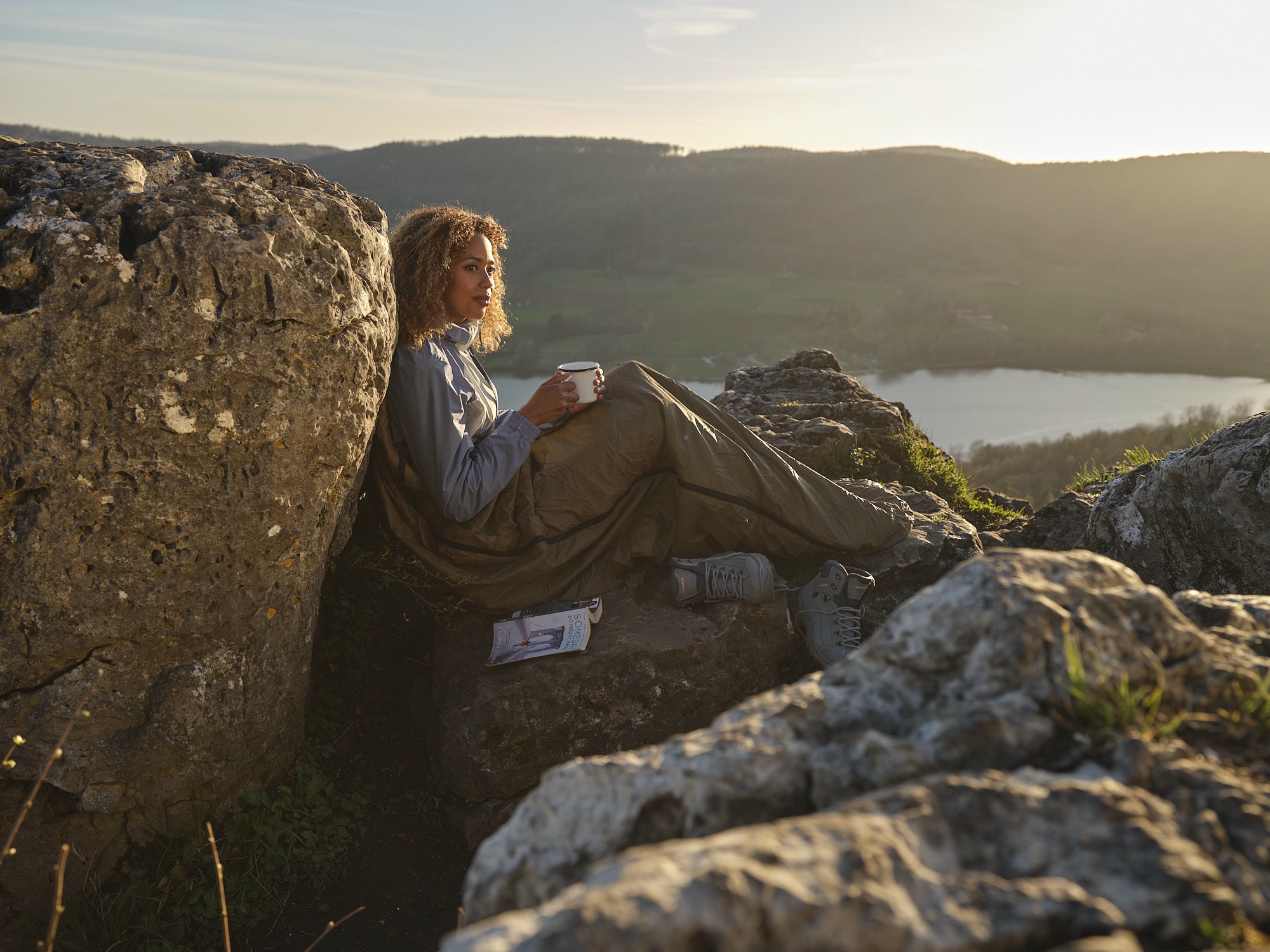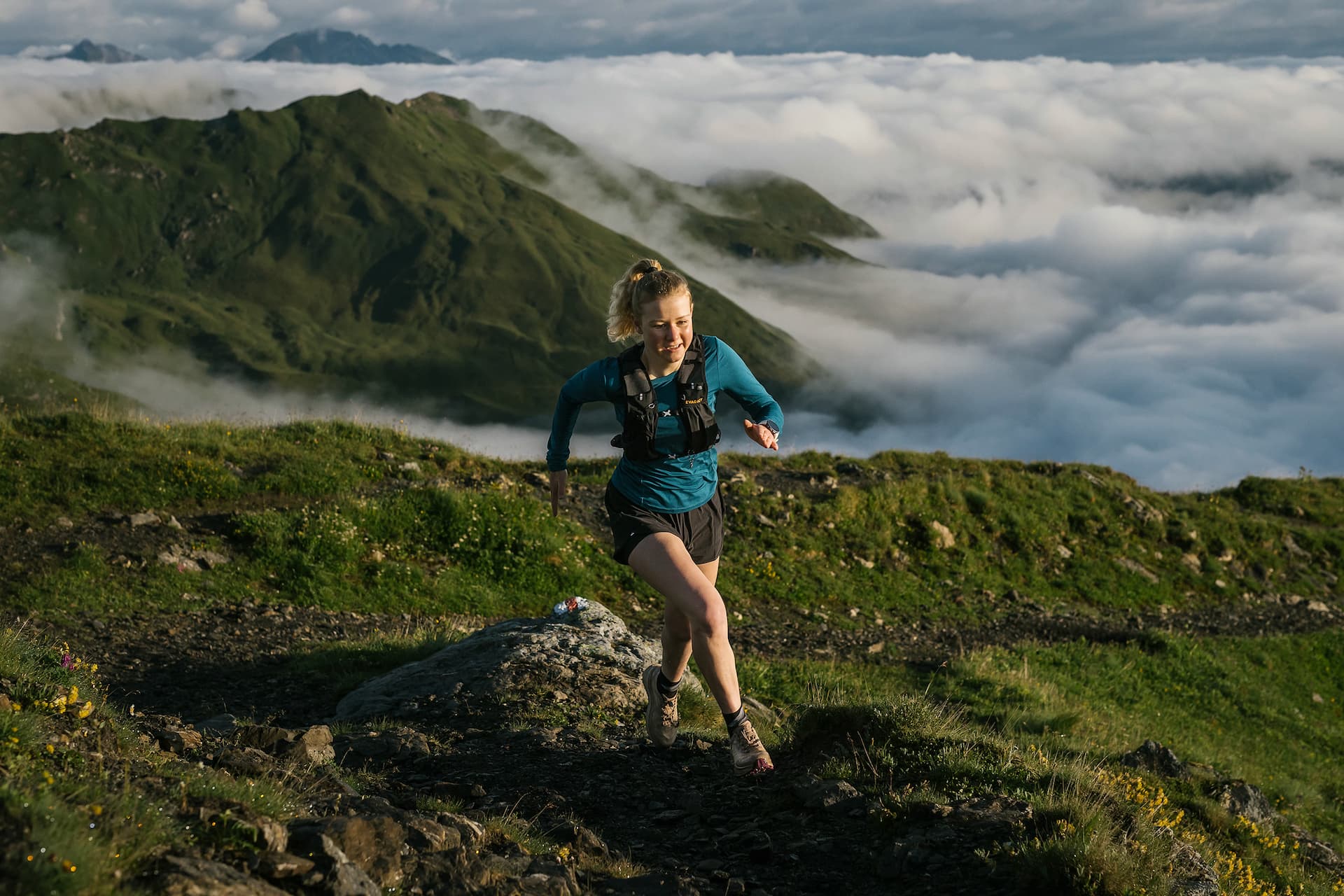The weather in the mountains is all too often erratic in nature. The weather factor plays a particularly important role in winter. In the cold season, a brief shower can quickly turn into a snowstorm and there is also a risk of avalanches.
It is therefore important to check the weather conditions right from the start of the planning phase, at regular intervals and before the start of the tour. You should also always keep an eye on the sky when you are out and about.








































